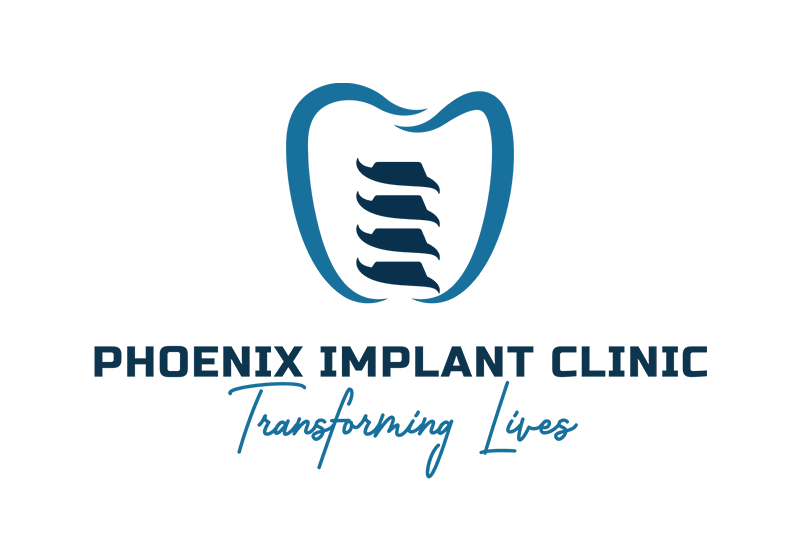Dental implants replace missing teeth with a long-term solution that looks and works like natural teeth. This guide explains what implants are, who they help, and the steps to get them. If you have searched for “implantd” or similar terms, this article will answer the common questions people mean when they search that term.
Read on to learn the parts of an implant, the types of treatments, the typical timeline, costs and payment options, and how to find reliable answers and a qualified provider.
What are dental implants?
A dental implant is a small titanium post placed into the jawbone that replaces a tooth root. Most implant restorations have three main parts:
- Implant: the titanium screw placed in the bone.
- Abutment: a connector that attaches the implant to the crown.
- Crown: the visible tooth replacement made of ceramic or porcelain.
Implants support chewing and speaking like natural teeth and help preserve jawbone by stimulating bone where a tooth is missing. Many people choose implants to replace one tooth, several teeth, or an entire arch for better function and appearance.
Types of implants and the treatment process
Single tooth, multiple teeth, and full-arch solutions
There are common implant options depending on how many teeth need replacing:
- Single implant with crown: replaces one missing tooth with an implant and a single crown.
- Implant-supported bridge: replaces several adjacent teeth using two or more implants to support a bridge.
- Full-arch solutions (All-on-4/All-on-6): replace a full upper or lower set of teeth using a smaller number of implants to support a fixed prosthesis.
Choosing the right option depends on bone health, number of missing teeth, budget, and personal goals.
Typical timeline and what to expect at each step
Most implant journeys follow these basic steps:
- Consultation and planning: exam, X-rays or 3D scans, and a treatment plan.
- Surgery: implant placement. Some patients get a temporary tooth the same day; others wait.
- Healing (osseointegration): bone grows around the implant, usually 6-8 weeks.
- Final restoration: abutment and crown, bridge, or full-arch prosthesis placed.
Healing times vary. If bone grafting is needed, the timeline may 6-8 weeks longer. Your dentist will explain expected milestones for your case.
Costs, insurance, and financing
Costs for dental implants vary widely. Key factors that influence price include:
- Number of implants and type of restoration (single crown vs. full arch)
- Need for bone grafts or sinus lifts
- Materials used for the crown or prosthesis
- Provider experience and technology (3D scanning, guided surgery)
Many dental insurance plans do not fully cover implants, though they may cover part of the crown or a portion of related services. Always check your plan details first.
Financing options to consider:
- In-house payment plans offered by the dental office
- Medical/dental credit cards (CareCredit or similar)
- Third-party financing with monthly payment options
- Dental savings plans that reduce out-of-pocket cost
Ask your provider for a detailed estimate and available payment plans before treatment starts.
Questions patients ask and how to find answers
Common questions include:
- Does implant surgery hurt? Most patients have mild to moderate discomfort controlled with medication; swelling and soreness are normal for a few days.
- What are the risks? Risks include infection, implant failure, and nerve or sinus issues in rare cases.
- How long do implants last? With good care, implants can last decades; crowns may need replacement over time.
- What aftercare is needed? Regular brushing, flossing, and dental visits keep implants healthy.
- Success rates? Implant success rates are high—commonly above 95%—when placed by experienced clinicians and maintained well.
If people are searching for “implantd” or similar terms, they often mean implant dentist or implant details. To find reliable answers, do this:
- Check the provider’s credentials and implant training.
- Read verified patient reviews and before/after photos.
- Ask for a clear treatment plan, cost breakdown, and alternatives at a consultation.
When you’re ready, choose a qualified implant dentist for an evaluation. A short consultation will confirm if implants are right for you and outline next steps. If you want personalized guidance, schedule an appointment to review your options and pricing with a trusted implant provider.


